No Food Waste: How to Use All of Your Food Scraps
This post may contain affiliate links. Read our disclosure policy here.
An easy way to produce next to no food waste AND stretch your food budget as far as it will go is to use up your food scraps and ensure nothing goes to waste. So if you have too much food going to waste in your home, here are some simple ways to use up even the smallest food scraps!
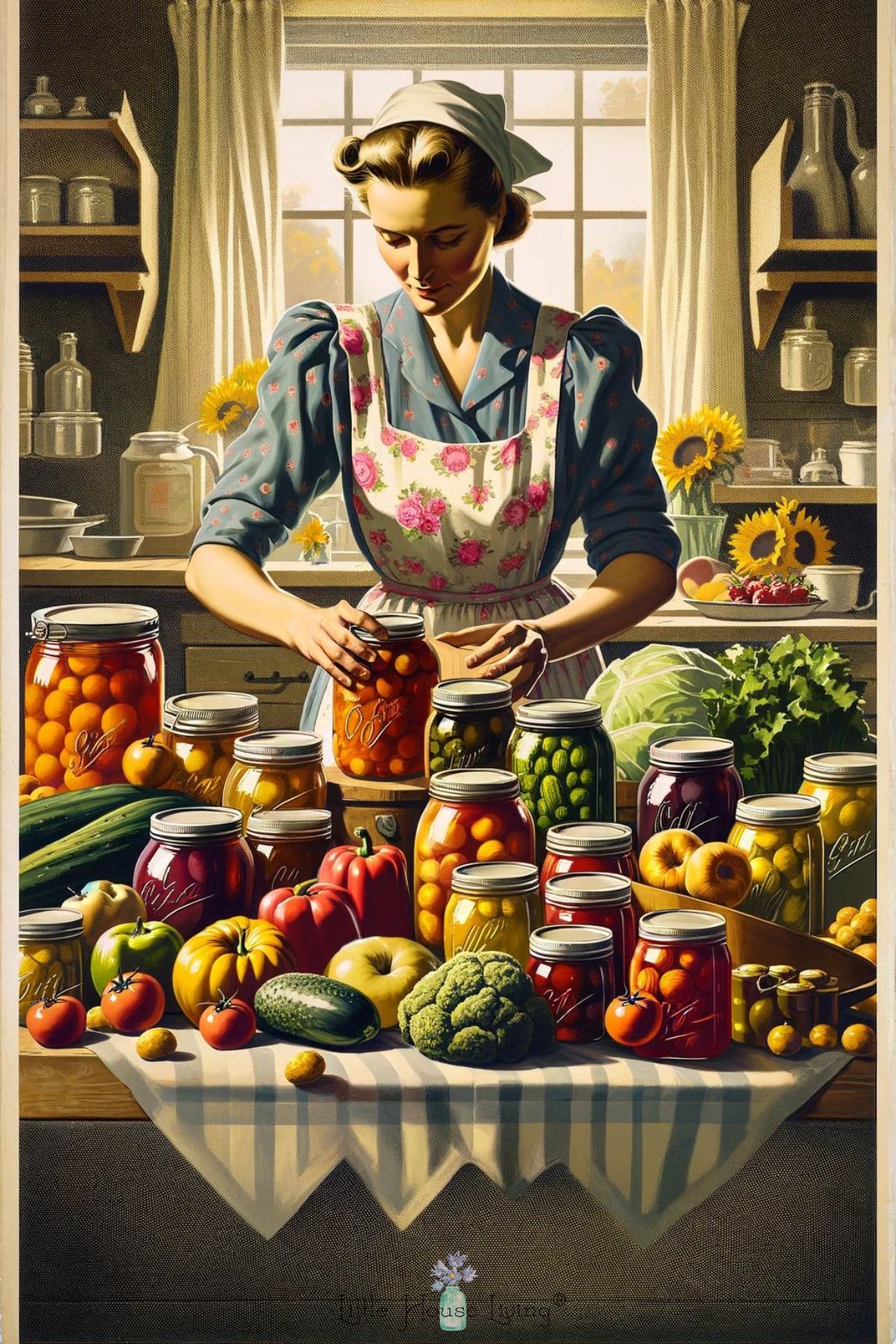
No Food Waste: Waste Not Want Not
We’ve talked about food waste before here on LHL, but we haven’t really gone into detail yet on how to do it. I think one of the best ways is just knowing what to do with certain scraps so that when you find yourself with these scraps on hand, you’ll have a plan for them. This will help to ensure you don’t just toss them because you aren’t sure what to do with them.
Here are some ideas on what to do with certain food scraps instead of throwing them away. The old adage is waste, not want not, so here are some ideas to follow that advice! If you have more, make sure you shout them out in the comments section!
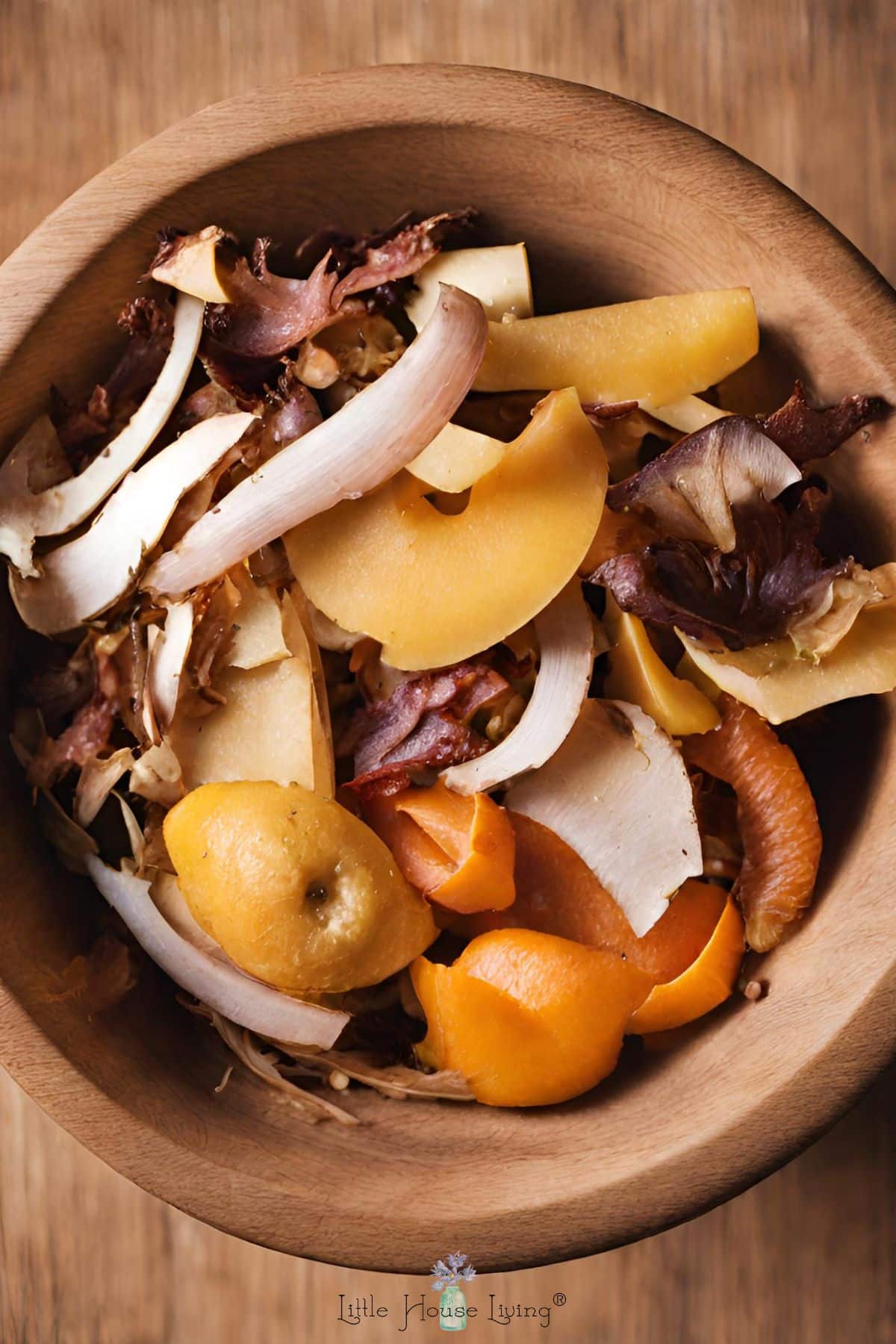
How to Have No Food Waste
Meat Scraps – Various soups, dog/cat treats, chili, stir fry.
Bones & Carcasses – Don’t toss that chicken carcass! Use it to make chicken stock. You can up your bones and carcasses right away or freeze chicken, turkey, duck, lamb or beef bones to turn into stock, broth or gravy later on. Beef bones that are large enough could be given to dogs to chew on.
Lettuce or Spinach – Bunny food (not iceberg), vegetable soup, homemade egg rolls, stuffing.
Carrots – Soups/make vegetable stock. Bunny treats. Chicken feed.
Oranges, Grapefruits, Other Citrus Fruits – Boil in water on the stove as a natural air freshener. Dry to add to teas. Make candied oranges. Place in a Mason jar and cover with vinegar to make an easy homemade citrus cleaner.
Potatoes – Soups. Drizzle oil and salt on clean skins and bake. Save the water for other things.
Tomatoes – Freeze scraps in a bag until you have enough to add to the dishes. Feed to your chickens.
I have a zip lock bag in my freezer for any small amount of left over vegetables. Once the bag is full, I make vegetable soup.
Dawn, Little House Living reader
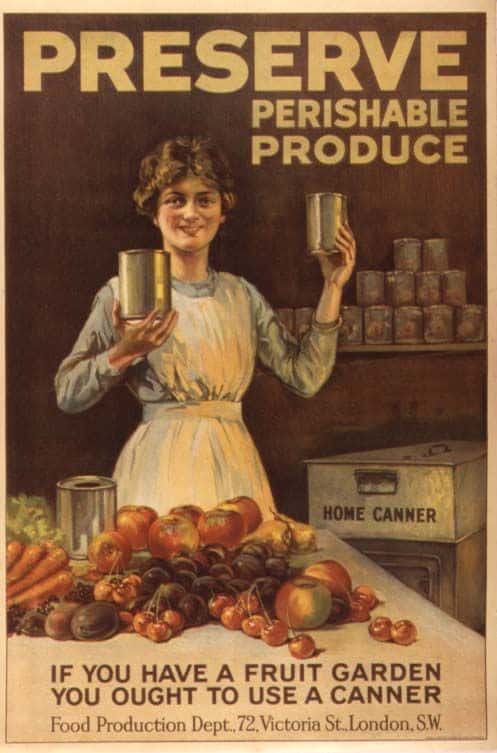
Squash – Stir fry. Roast the seeds (like Pumpkin Seeds). Mash up and use as a hidden vegetable in chicken nuggets or other meals.
Onions – We save small pieces of these in a container in the fridge. Add to soups, pasta, or many other meals. You can also freeze the scraps and skins and add them to the pot when making chicken or beef stock to turn it into a rich, flavourful broth (or simply use them, along with other veggie scraps like garlic, carrots, and celery, to make homemade vegetable broth).
Watermelon – You can pickle the rinds or dry the seeds. (Like Pumpkin Seeds).
Bananas – Mash up extras and freeze for banana bread or muffins. Place the peels in cars to remove bad smells. Add to compost to add potassium to your soil, or make this easy Banana Peel Plant Fertilizer Spray!
Eggs & Eggshells – If you’re making a recipe that calls for egg yolks or whites only, save the unused part and use it to make something else. Make an egg white omelet or use the yolks for baking or brushing on pie crusts. Crush up eggshells and use them as a homemade fertilizer (they’re a great added source of calcium for your plants and help to prevent blossom end rot in tomatoes when added to before planting). Or simply add to your compost.
Coffee Grounds – Add to compost. Use as a soil amendment to adjust the PH balance of your soil and make it more acidic. Use dried, used grounds in homemade body products like soaps and scrubs.
In our “no fat, low salt” household – I trim all fat from beef & pork and remove chicken skin before cooking. All of this goes in a freezer bag and goes to a friend that has a sled dog team for freezer burn stew. We also make a rotisserie style chicken in the microwave with mashed potatoes, gravy, veggies. After we eat, the entire carcass and leftover chicken is boiled for broth. Chop up the meat, put the broth in the frig to let the fat rise to the top. Next night scrape the fat off the broth and put in the freezer burn bag for the dogs. Make chicken & dumplings with the rest and a few veggies. If there are any leftovers the third night add a little more broth and some egg noodles for chicken noodle soup. One way to really stretch a chicken.
Cindy, Little House Living reader
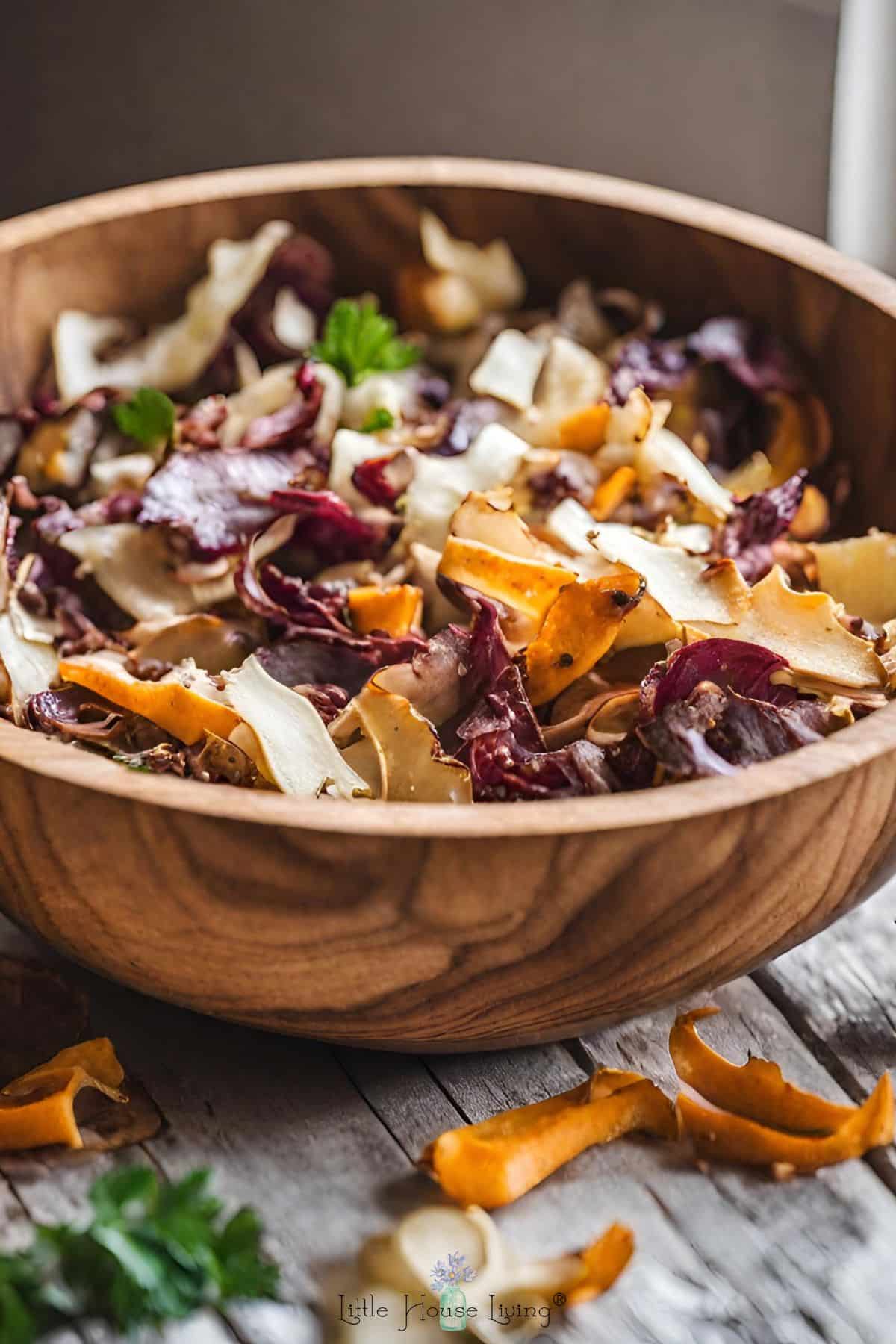
Composting Kitchen Scraps
If you’re not sure what to do with leftover kitchen scraps, you can usually compost them to enhance your soil. Just keep in mind that if you compost non-organic scraps, that could affect the quality of your soil. Here’s a list of things you can compost and things you cannot.
What kitchen scraps can I compost?
- fruit and veggie scraps
- eggshells
- coffee grounds
- paper towels, napkins, etc.
- brown paper lunch bags
- egg cartons
What shouldn’t I compost?
Do NOT compost the following items:
- meat and bones
- shellfish shells
- dairy products (milk, cream, cheese, etc.)
- plastics
- metal, glass, tin
- plastic-like items that say “compostable.” (These items need much higher, controlled temperatures to actually break down and won’t usually break down in a home compost bin)
For anything you can’t compost and can’t reuse, try first to recycle it before throwing it out! Remember to wash out any items you plan to recycle, and do not recycle products that have come into contact with raw meat.
I’ve never had chickens to share with. I learned from my older family members who went through the Depression. I scrape the bits of butter left on the paper wrapper. I save the last 3 peas drowning in the bottom of the serving bowl. Everything goes into the freezer. It used to go to soup but my family has shrunk. So I make dog food for my 13 year old dog. Carrot peels and eggshells go into that. Nearly everything other than onions.
Tina, Little House Living reader
And maybe a bit of soup for myself once in a while.
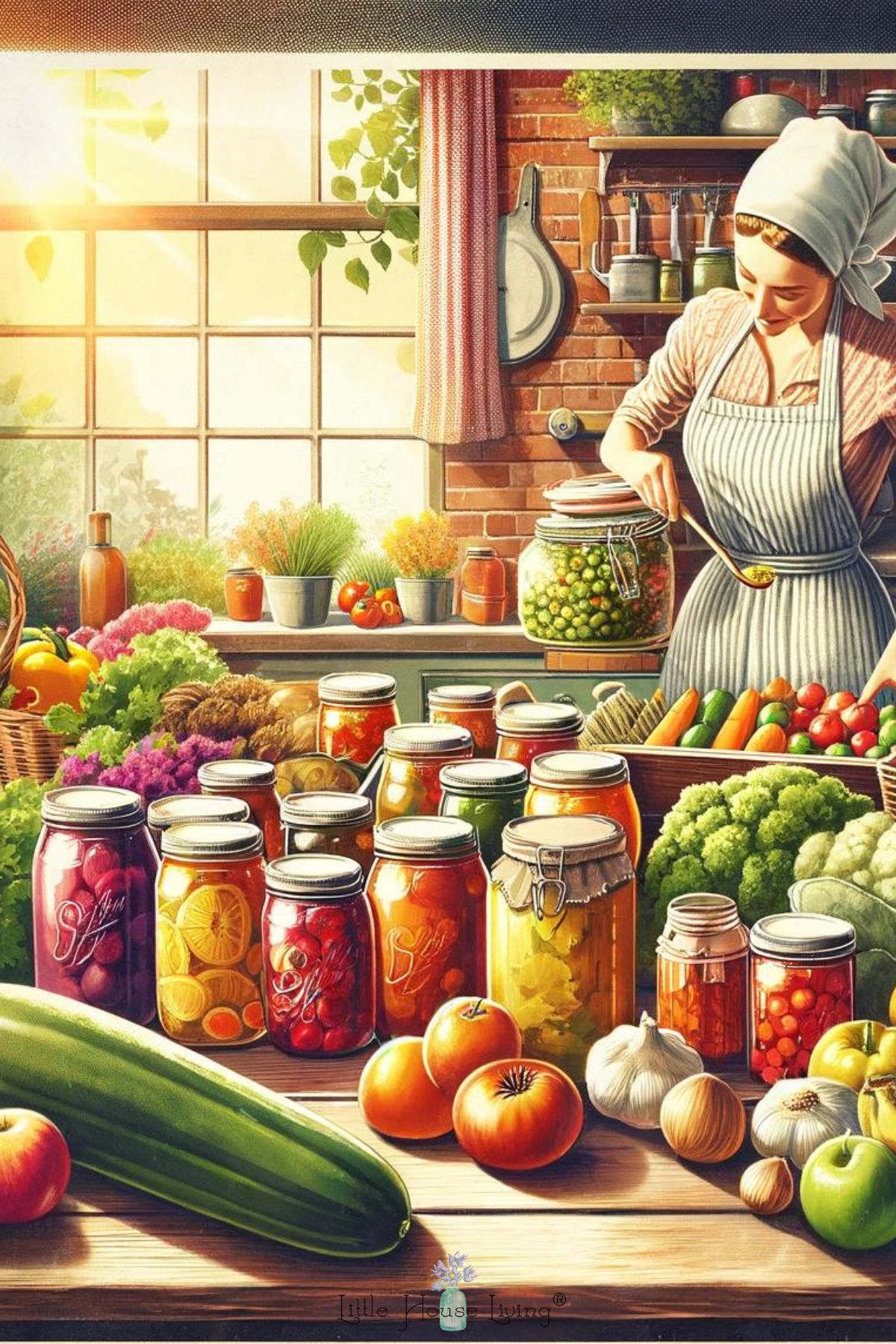
Save Money and Live a More Frugal, Sustainable Life
It’s true that when you live by the philosophy of waste not, want not, you can further utilize your resources and live a more frugal and sustainable life!
Looking for other ways to start saving money? Here are a few more ideas to get you started:
- Ways to Make Your Produce Last Longer
- How to Re-Grow Store Bought Veggies
- Healthy Foods on a Budget
- How to Make Produce Last When You Shop Once a Month
- Cheap Meals to Make When You’re at the End of Your Budget
- How Condiments and Spices Can Save Money
- Money Saving Meals With Dried Beans
- 12 Simple Ways to Save on Groceries
- Food Allergies on a Budget
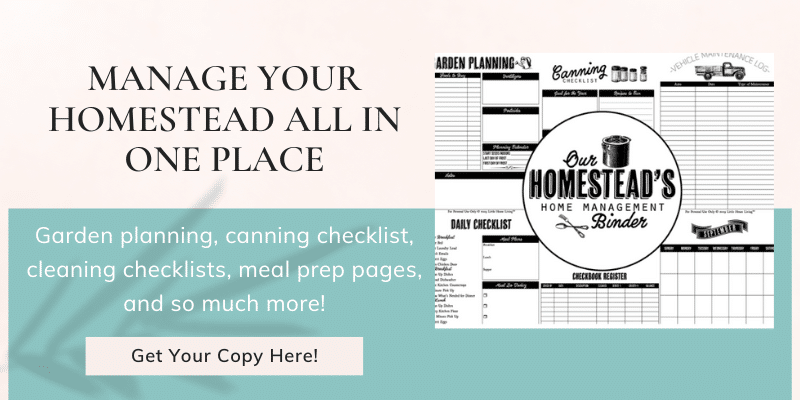

Do you follow the waste not want not lifestyle? What sort of things do you reuse or use up to save money and live a more sustainable, frugal life? Do you strive for no food waste? Let me know down below!

Merissa Alink
Merissa has been blogging about and living the simple and frugal life on Little House Living since 2009 and has internationally published 2 books on the topic. You can read about Merissa’s journey from penniless to freedom on the About Page. You can send her a message any time from the Contact Page.
This blog post about No Food Waste: How to Use All of Your Food Scraps was originally published on Little House Living in March 2012. It has been updated as of April 2024.
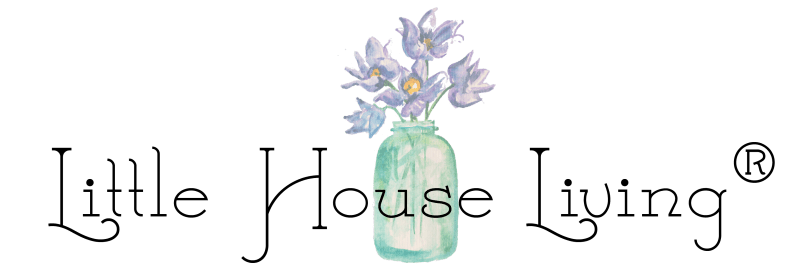


I freeze the root ends of my veggies, along with wing tips & backbones from chicken. When the gallon ziploc bag is full, I make stock. My chickens, rabbits, dogs, & cats take the rest of the scraps – meat to the dogs & cats & veggie scraps to chickens & rabbits. Anything that they can’t eat goes into my compost pile 🙂
What about compost for the garden?
I have a zip lock bag in my freezer for any small amount of left over vegetables. Once the bag is full, I make vegetable soup.
I feed it all to my chicken’s!
If it is no good for leftover my chicken’s get them!
Our chickens love table scraps too or then there is always a compost pile 🙂
The way I keep ahead of potatoes that are starting to sprout is this: peel and cube and boil for 10 minutes or just until barely tender. Drain and pour onto a baking sheet to cool. Package in Ziploc freezer bags in a single layer and lay flat in the freezer until frozen solid. Heat some oil or butter in a skillet and brown the frozen potatoes for quick breakfast potatoes. Delicious! I tried freezing in a single layer on a baking sheet and they froze to the sheet so that I could not remove them. Then I tried freezing on wax paper and parchment and they were fast stuck to the paper so the freezer bag method works best. If you are making mashed potatoes you can go ahead and do a bunch for both the mashing and freezing all at once. This has saved many a potato from being wasted at our house.
Those are some great ideas for not wasting extra food scraps. I certainly never would have thought of freezing them till I had enough to make something with it. That’s a great idea 🙂 Love and hugs from the ocean shores of California, Heather 🙂
I make stock or “Dump Soup”…I can’t believe how many chicken carcass’ I threw away..now, I save them all in the freezer, for stock!
Banana peels are great fertilizer for roses. I take them out and throw them under one of my rose bushes.
In our “no fat, low salt” household – I trim all fat from beef & pork and remove chicken skin before cooking. All of this goes in a freezer bag and goes to a friend that has a sled dog team for freezer burn stew. We also make a rotisserie style chicken in the microwave with mashed potatoes, gravy, veggies. After we eat, the entire carcass and leftover chicken is boiled for broth. Chop up the meat, put the broth in the frig to let the fat rise to the top. Next night scrape the fat off the broth and put in the freezer burn bag for the dogs. Make chicken & dumplings with the rest and a few veggies. If there are any leftovers the third night add a little more broth and some egg noodles for chicken noodle soup. One way to really stretch a chicken.
I’ve done this all my life! We never NEVER throw out anything that can’t be utilized by something else.
I’d like to add that orange peels and vinegar makes a wonderful organic cleaner.
Great idea!
I just head of this recently, I made up my first batch and used it for the first time today. It smells great!
I’d love to know how to do the orange/vinegar cleaner! And also what can I use egg shells for?
Thanks.
For the vinegar and orange cleaner you just need to put orange peels in a container until it’s full, then fill it the rest of the way with vinegar. Let it sit for a few days and you’ve got a great cleaner! Here’s our list of What You Can Do With Eggshells.
Thank you so much!
I just cut up the orange 🍊 peels enough to fit through the top of a spray bottle. Fill up the spray bottle about 1/3-1/2 full of the peels, then pour white vinegar in the spray bottle until full.
For the egg shells, I crush them up and throw out in my garden. Loosely mix them in with the dirt and mulch, don’t leave them on top.
I add my peels to vodka for the best all purpose cleaner ever. The smell is pure citrus, doesn’t streak, and sanitizes everything.
Same here. Always. I grew up this way.
Banana peels for a smelly car? That’s a new one! Great tips. I wish I had some chickens to toss some of these out to them!
Turn it into compost for a garden, or feed it to the chickens who lay your eggs. 🙂
We can’t have chickens here so we Composte! Everything we don’t use, goes in there, even egg shells for next year to supplement our garden.
Yes we too can not have chickens where we live so we to compost everything that can be composted. We have a bin out behind the garage that we use all year but this year I am going to do a smaller one for the basement so that things get going a bit earlier….saw on Martha Stewart a couple of yrs ago how to do it and it is online too. My husband is NOT A SOUP person but I am so when I have collected what I need for a chicken soup I make it and it goes to several neighbors that share their soup with me. I have a natural gas grill out on my deck that has a side burner….oh my that thing gets my soup pot boiling quickly….faster than in the house on the gas stove….and when I make the soup….usually chicken/beef chowder or called Firemen’s Chowder the whole neighborhood comes calling with containers for some….I really do wish I had one of those kinds of pots the firemen use so I could share more but my largest pot will have to do and it is canning kettle size. I can post a recipe for the Firemen’s Chowder if you would like. The way they make it they use these huge pots that are over either gas or wood fires and are stirred constantly with this large long handled wooden paddle for the last 2 or 3 hours of the soup making time. When the firemen make this chowder the whole town can smell it and it is so good.
Bananas – When a bunch is getting too ripe and I know I won’t get to them, I slice them or sometimes just tear them in 1/2-1″ slices, put in ziplock snack size baggies – 1/2 banana per baggie – then put all the snack baggies into a gallon size freezer bag and freeze them. Perfect for smoothies – makes them extra cold – and in the right portion size! 🙂
I love doing this too. Frozen bananas are so handy and have so many uses!
I juice carrots, fruit, greens and squash that need to be used and depending on how much it is I either drink it or freeze into cubes and use in soups, stew and other dishes.
I’ve never had chickens to share with. I learned from my older family members who went through the Depression. I scrape the bits of butter left on the paper wrapper. I save the last 3 peas drowning in the bottom of the serving bowl. Everything goes into the freezer. It used to go to soup but my family has shrunk. So I make dog food for my 13 year old dog. Carrot peels and eggshells go into that. Nearly everything other than onions.
And maybe a bit of soup for myself once in a while.
After using apples for applesauce, use the peels to make apple jelly! Yum!
I always peel our oranges and clementines over the sink and send the peels through the disposal to help keep it smelling fresh.
I use leftover Italian bread or sometimes hamburger buns to make homemade croutons.
Once an onion is cut, whatever is not used has to be thrown out. According to one of the doctor shows, onions become dangerous for a persons’ health after they are cut and aren’t cooked. We have a Siberian Husky sled team so all remnants unless dangerous for them go to the dogs. Since it’s just the 2 of us, we always put leftovers in the freezer for another meal. All of you have some great suggestions.
I’d be interested in seeing the evidence behind this. We use half used onions almost every single day and haven’t had any troubles with them yet!
It is a fact that onions are toxic to dogs. Any Vet will confirm this. About using leftover onion, I have also heard the horror stories but I think they apply to cut onions left out at room temp. I put mine in an airtight container and refrigerate immediately and have never had a problem.
I’ve never heard anything like this before. I use partially used onions ALL the time! I don’t need a whole onion for an omelette, so the rest gets sealed & refrigerated, sometimes for days /week at a time.
The problem with onions is when you use them in a potato or mac salad and they sit out for a while. It isn’t the mayo that goes bad and gets you sick it is the onions so I try not to use onions in my potato or mac salad unless I know it is not going to sit out at all. A couple of my friends have had some problems doing this so it is no onions in salads for them anymore. Also I have these thin cutting boards that you can get at the dollar store….you can use them and put them in the dishwasher….they can be rolled up if necessary….when they have too many cuts on them I use them for crafts and not for food any longer….they are cheap enough that you can always have a package of 2 on hand.
I have a small bucket with a filter lid and I put my scraps in there for the compost pile.
http://www.ehow.com/way_5494904_onion-remedy-flu.html
http://urbanlegends.about.com/od/fooddrink/a/leftover_onions_are_poisonous.htm
It’s not the onions; it’s how you handle them
According to science writer Joe Schwarcz, onions are in no sense a “magnet for bacteria.” In fact, Schwarcz writes, cut onions contain enzymes that produce sulphuric acid, which inhibits the growth of germs. Onions can become contaminated during handling, but there’s nothing about them that makes them intrinsically more susceptible to bacterial growth or spoilage than any other raw vegetable.
“So unless you have sliced your onions on a contaminated cutting board, or handled them with dirty hands,” Schwarcz explains, “you can safely put them in a plastic bag and store them and there will not be any bacterial contamination.”
I am thinking we are ok. I have always sliced them and put them in fridge to use later. I’m 60 and not dead yet..not even half dead.
Thanks for posting this Ali, now we know!
We put the rinds of oranges and lemons down the garbage disposal to make it smell good. (We don’t compost rinds if the fruit wasn’t organically grown.)
You can use backyard hen eggs, NOT store eggs (that are washed with bleach), to make your own calcium powder. Rinse them out (to get out the egg white, but not the membrane that has nutrients), bake them at about 200 degrees for about 20 minutes or boil them for about 10 minutes and then let them dry. Then crush them into a powder to add to drinks, smoothies, soup, or whatever. Extremely good for you!
Growing up our neighbor saved all leftover meats in a freezer bag ….when full she ground everything and added to spaghetti sauce or goulash
In England we make “Bubble & Squeak” from left over mashed potato and cooked cabbage. Mash them together well, form into balls then flatten them. Fry in a little oil, turning them carefully. I use corn oil which gives them a nice golden colour. Delicious with cold meat left over from the Sunday roast and some pickles or salad, or with bacon and egg for brunch.
No one in our house likes leftovers so I started using thefreezer cooking method. It makes cooking much easier & we no longer have a problem with uneaten leftovers because they’re eaten a week or two later. Also, I freeze most fresh vegetables since they weren’t being used quickly enough.
We do eat leftovers, but my husband does the cooking and often we have more than we can eat. What I’ve been doing lately is freezing portions and sending them over to my father who lives alone and does not like to cook. He lives some distance from me so I save up the individual portions and my sister stops in to pick them up. He is very appreciative.
We raise our own pork (in the spring,summer and fall, we don’t keep them through the winter). They get all our leftovers including the cooking water plus garden waste, fallen apples, etc. We grow corn to supplement their feed.
When we don’t have pigs, our dog gets some scraps. He is a large dog and we still restrict the amount. We compost everything that can be. I hate to waste anything.
Bones are boiled to make soup stock. We have two chest freezers and one has meat, veggies, etc. The other is premade stock, pie crusts, baked goods, etc.
The use I’ve not seen yet for left overs: I have jumbo muffin tins. I take scrap meat and vegetables and put them in the bottom of the tins and then whisk 5 or 6 eggs in a bowl with whatever spices I think go with the stuff in the tins and pour it over the leftovers, trying to get an even amount of food in each muffin cup. Bake at 325 F for 20-25 minutes. 1 of them makes a healthy breakfast item that can be frozen if you make more of these than you need immediately, and they keep in the refrigerator for up to a week. You can microwave them for 1 minute in the morning to reheat them.
Barbara, that’s a perfect idea! I owe you one for an unusual use for your leftovers. I bet my mother would have thought it was a perfect idea. Coming up with a good use for leftovers does sound like a fun challenge.
I make veggie broth every sunday with veggies leftovers. I use that for cooking. I make orange vinegar for cleaning so I use orange peels for that.
I also save the wrappers from my butter, and store them in a zipper bag in the freezer. When I need to grease a pan I use one of these. Saves on oil/spray, too.
My husband makes tacos almost every Saturday. Afterwards, we
take the cut-up onion/tomato mixture and add to scrambled eggs.
Alternately, we put on top of tortilla chips with olives , cheese and melt.
Sometimes , we add same to cooked chicken pieces with added spinach
and spices.
Hold the onions. I can’t eat them. All the rest is fine.
Two of my most recent successes was in making seasoning salt and apple vinegar. The seasoning salt was dehydrated tomato pulp (after putting through a cone sieve for making sauce for BBQ sauce). In this pulp I also had onion and celery seed that simmered with the tomatoes. I ran it through the blender, added kosher salt, pepper and garlic powder. It’s so yummy on lots of dishes and there was zero waste from my homemade BBQ sauce.
My other happy success was apple scrap vinegar. I got apples for free and made and canned pie filling, sauce and apple butter. There were so many scraps that my chickens couldn’t keep up so I held some back and made vinegar (Google “apple scrap vinegar”…lots of info out there).
We rarely waste any food at all because it is turned into soups, broths, reinvented as another dish or placed in a meal container and frozen for a last-minute lunch or quick meal.
Anything that is not edible goes into our rotating composter outside or the “Green Bin” (usually only bones or scrapings from our plates) to be collected weekly by the city.
Our son and his family just live a few blocks away, so we can share small appliances and left-overs too. Thanks for all of your helpful advice; much appreciated!
I just learned that nanana peels put next to the hummingbird feeder will attract insects for the hummingbirds. Change every couple days